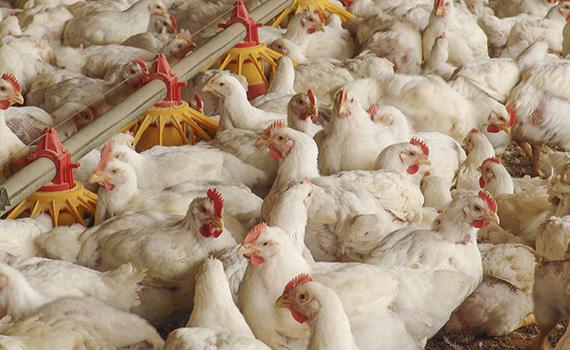Shift and drift affect broiler vaccination decisions
IB viruses constantly replicate, resulting in shifts to their genetic code
Few viruses in poultry remain static over long periods of time. Slight genetic shifts or mutations that occur during replication result in a genetic code drift away from the original virus. Over time, new variants of the original virus form.
Such is the case with IB Georgia 2008 (GA 08), the novel infectious bronchitis (IB) variant that resulted in devastating losses to the US poultry industry. IB viruses constantly replicate, resulting in shifts to their genetic code. While most of these shifts are incremental and covered by existing vaccines, the GA 08 virus was unique enough that it produced severe disease signs when it reached poultry flocks in the southeastern US. This major shift in genetic code required an entirely new homologous vaccine, one with the same serotype as the virus.
Addressing such shift and drift remains a critical component of disease control and vaccine selection. Veterinarians and producers rely on PCR testing to break down the field-virus components and address novel variants.
In the southeastern US, several IB field viruses circulate annually, and matching serotypes to the field virus offers the best chance for protection. Kalen Cookson, DVM, MAM of Zoetis Inc., recommends incorporating no more than three serotypes from the current choices of Massachusetts, Connecticut, Arkansas, Georgia 98, Delaware O72 and GA 08 to help cross-protect without overwhelming the bird’s immune system. In high-variant challenge areas, Connecticut is usually the first serotype to be dropped from a program due to its relatively high similarity to Massachusetts.
For more articles from this special report on broiler vaccines, click on the titles below:
Posted on December 16, 2015

















